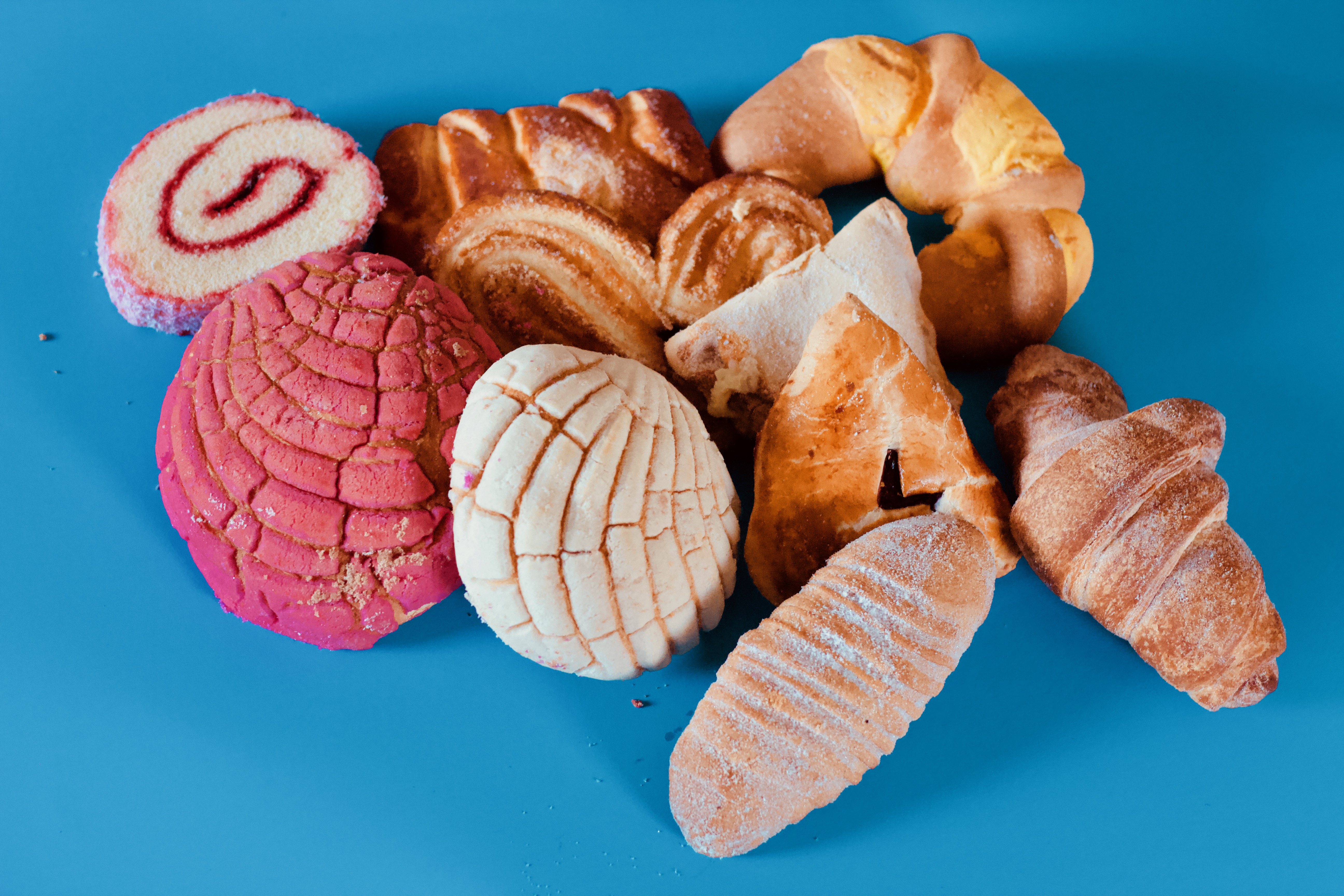
Listen here, America. I’m borrowing a catch-phrase from the great Bernie Mac because we need to have a little chat. Our nation is, has been, and always will be in a state of constant flux. The golden days of being racist without consequences are coming to a close and the cultural short-sightedness that treats non-white people as “the other” is dying off. It’s happening in all sectors of American life, perhaps no place more than with food.
This is good news of course. Because you get to not be racist AND eat delicious stuff. The late Anthony Bourdain understood the communal power of eating together. Aside from being a necessity, food is an invitation to a culture — it connects people on a personal and sensory level. When you eat a new cuisine you are, for that moment, part of something bigger than yourself.
In the spirit of cultural appreciation, let’s break some delicious bread and find some common ground so we can do better than the generations before ours. What bread shall we break? Pan Dulce, of course. Spanish for “Sweet Bread,” Pan Dulce is the marriage of European craft and Mexican ingenuity. Superior to the donut (come at me), cheaper and more versatile than cookies, Pan Dulce is the perfect breakfast bread or lunchtime diversion or late night snack. As straightforward as this sounds, the world of Pan Dulce is a deep one — with literally hundreds of different varieties.
To help guide any newbies, I’m going to outline some of the most common pastries you can find in a Mexican Panadería.
Conchas
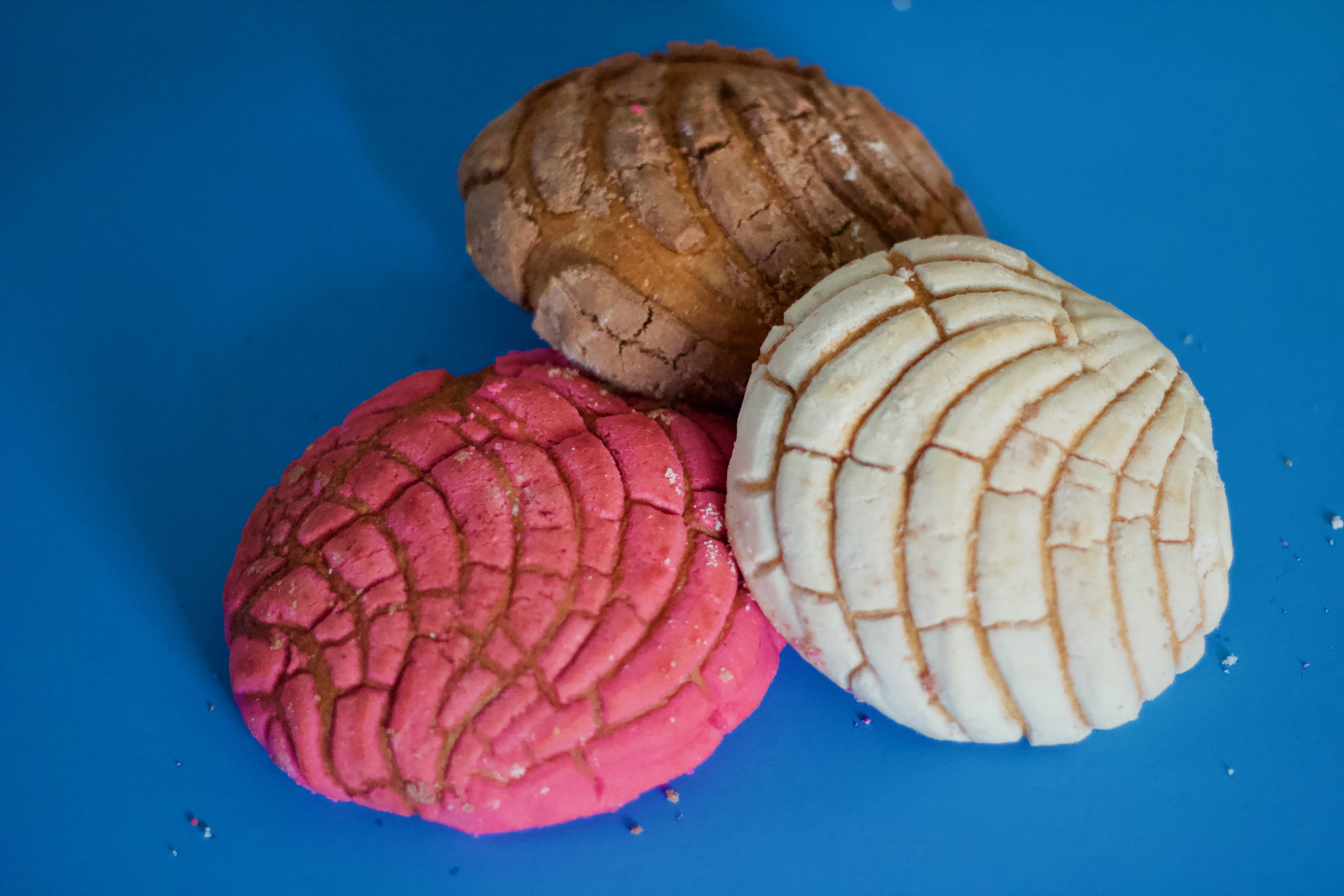
The Concha has become the signature pan dulce. It’s hard not to find the familiar shape with its distinct candied designs in every panadería. This pastry is sweet, airy, and a bit dry. The streusel-like topping is where all the flavor is at, and can vastly alter the taste of the concha you choose. Everyone in your family, or friend circle, or whoever you might enjoy eating bread with will have their own preferred concha flavor and it’ll say a lot about their character. Definitely judge people based on what bread they like, it’s practically a science!
The concha is named for its shape and is Spanish for “seashell.” The Vanilla and Chocolate varieties are a sure find at any Panaderia, and the larger bakeries generally have other flavors like pink and yellow. (You may be saying “But pink and yellow are colors” and you’d be right. But it would also be impossible to confidently say that the pink flavor is strawberry and who even knows what the yellow is supposed to be.) You’re bound to make an absolute mess while you eat a concha as the candied dust just crumbles with every bite, but you’ll quickly find that messiness won’t stop you from picking up another, as the airy and buttery qualities of the bread and candied sugar make it very addicting.
Eat a concha for breakfast with coffee or hot chocolate, it’s perfect for dipping.
Bigote, Elotito, and Cuerno
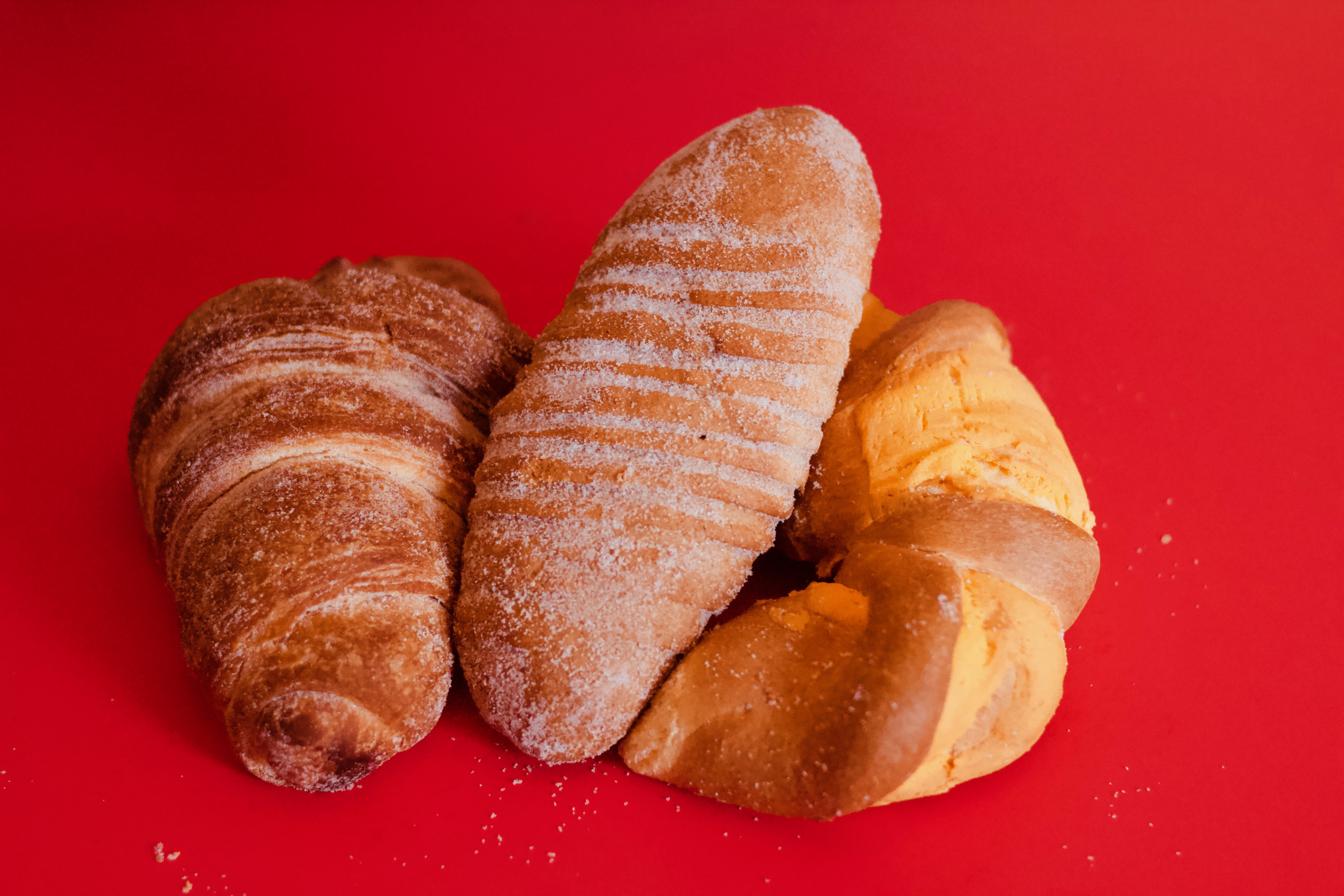
The Bigote, Spanish for mustache, is a flaky roll not dissimilar to a croissant but much denser. It’s has a thicker consistency than the concha — which is spongier — but is also great at absorbing whatever drink you decide to dip it in. And I definitely suggest dipping it, as it’s buttery flavor can be a little dull in comparison to the sugary qualities of most pan dulce.
The Elotito, or “little corn” looks, well, like a little corn cob. It’s flat and dense, made with corn flour and a sugar-dusted top. It doesn’t taste at all like cornbread, it’s much moister, despite its toasty outer. Sometimes elotitos are filled with chocolate, cinnamon, or vanilla but that’s a lot less common and not really necessary — as this is the most versatile of all the pan dulces in its basic form. Toasty and sweet, soft and moist on the inside, it’s absorbent and perfect for dipping (though that’s not necessary). It’s also my personal go-to pan dulce.
If you aren’t catching on yet, the science behind naming pan dulce is simple. What does the pan in question look like? That’s what we’ll call it! The Cuerno, named for its horn shape, is like a cross between the Elotito and the concha. Soft and spongy, but not as airy or sweet as the concha, the Cuerno is a perfect transition pan dulce if you want less sugar than the concha but still like its spongy texture.
Empanadas, Orejas, Niño Envuelto and Other Pan
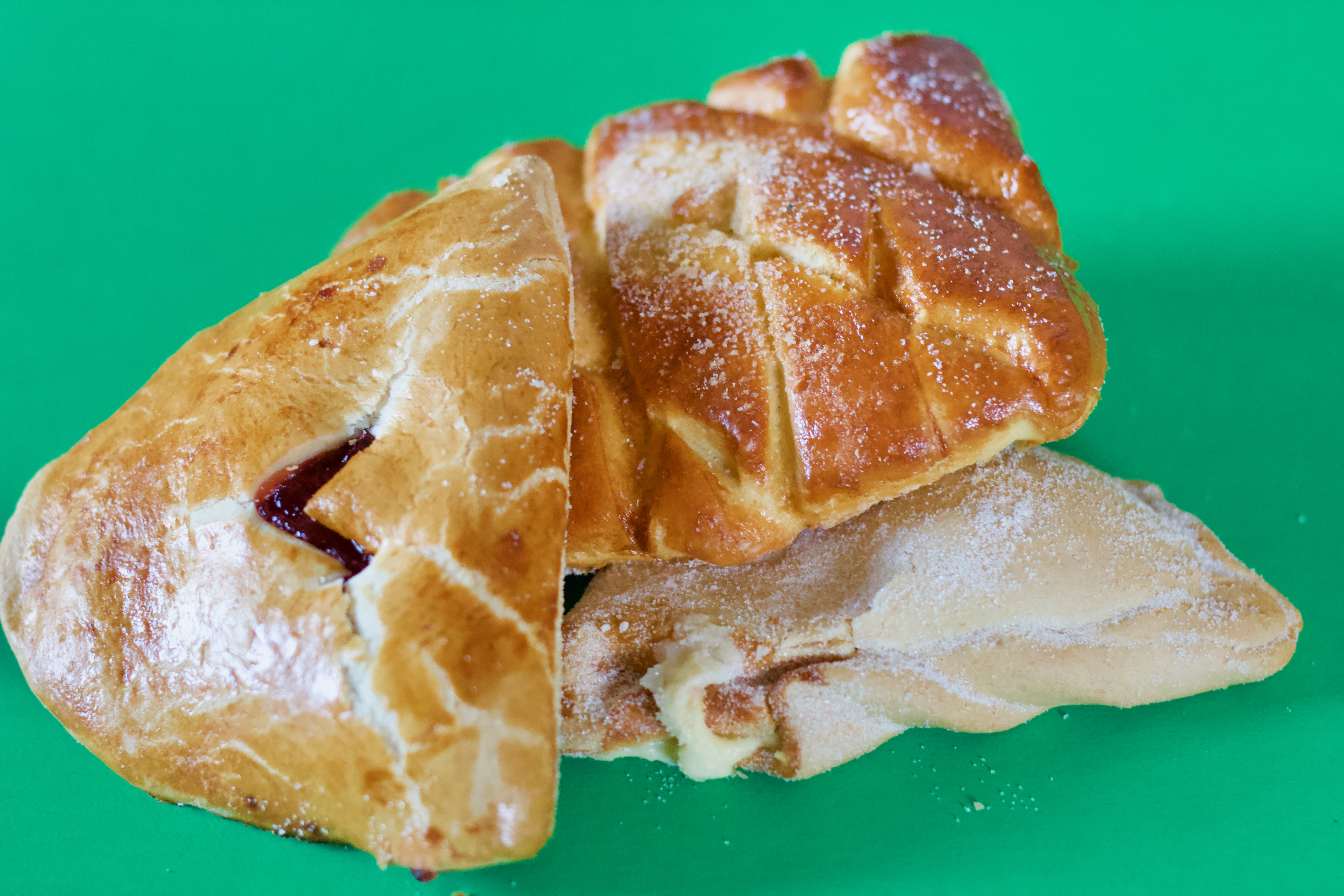
Everyone is familiar with the buttery and fried fruit-filled turnovers known as empanadas. The name is derived from empañar, or to wrap. Empanadas come with all sorts of filling, from creme to apple, but the most popular has to be guyaba, or guava. Empanadas also delve into savory territory, making them much more than just a dessert pastry.
A crispy fried outside houses a super sweet inner that doesn’t need to be served hot, but if you warm up in empanada it increases the experience ten-fold. If you can get your hands on a freshly made empanada, eat it immediately. Don’t even wait for it to cool down, let it burn your mouth and soothe it at the same time.
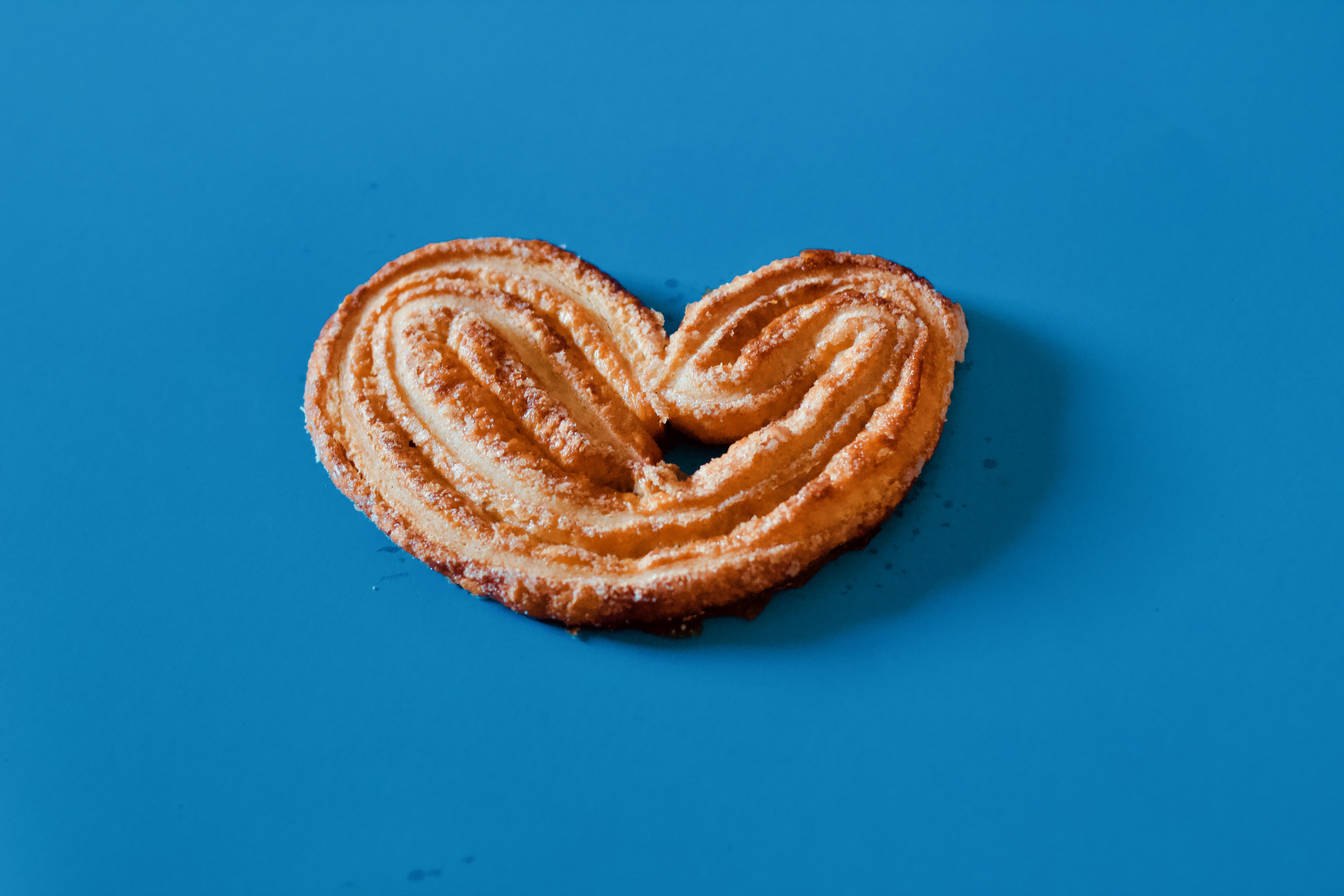
Orejas.
Orejas resemble ears and look, at least to me, very unappetizing. As a boy, I stayed away from this particular pan. It looks dry, it’s sticky, and frankly, I didn’t like the idea of eating an ear. But I was so so wrong. A favorite pastry of Mike Tyson and Hannibal Lecter, Orejas are crispy and sweet with a flaky texture coated in sticky caramelized sugar.
I’d suggest dipping it but its odd shape makes that almost impossible, luckily I have seen mini Orejas in a few panaderías (though the smaller size doesn’t help with the whole not-a-cannibal thing).
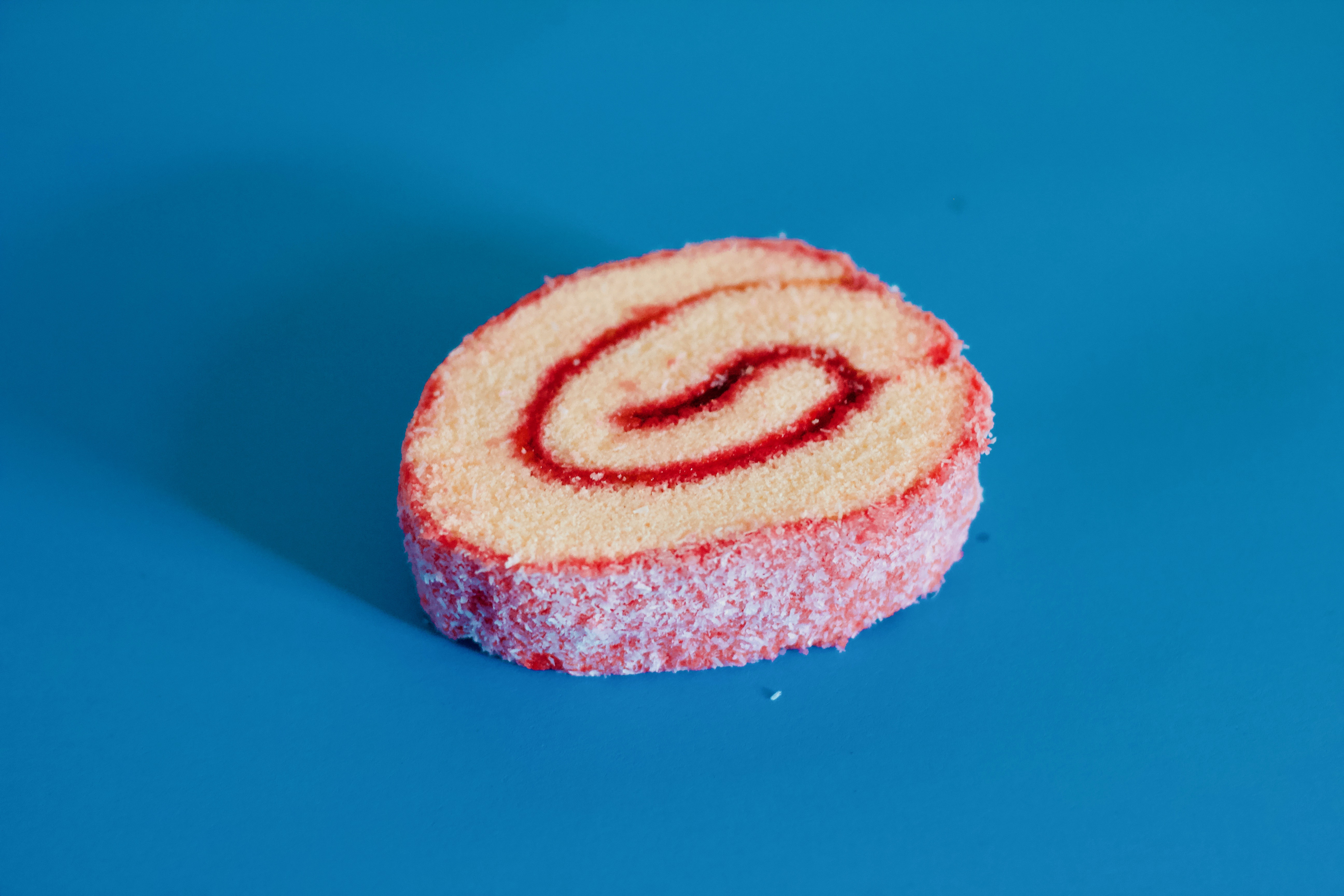
Niño Envuelto
The Niño Envuelto, is just one of many cakes in the world of pan dulce but it’s one of the most common. At it’s simplest, it’s a jelly roll, covered in a super sweet Mexican-strawberry jelly dusted in coconut shavings and wrapped. The coconut and strawberry play off of each other quite well, and the cake’s slightly dry texture keeps the pastry from being overwhelmingly sweet.
It’s delicious but not as versatile as the other pan on this list as it’s messy, un-dippable, and more strictly in the dessert territory. If you’re a newbie, no need to rush into this one — it can be a little too sweet.
Galletas
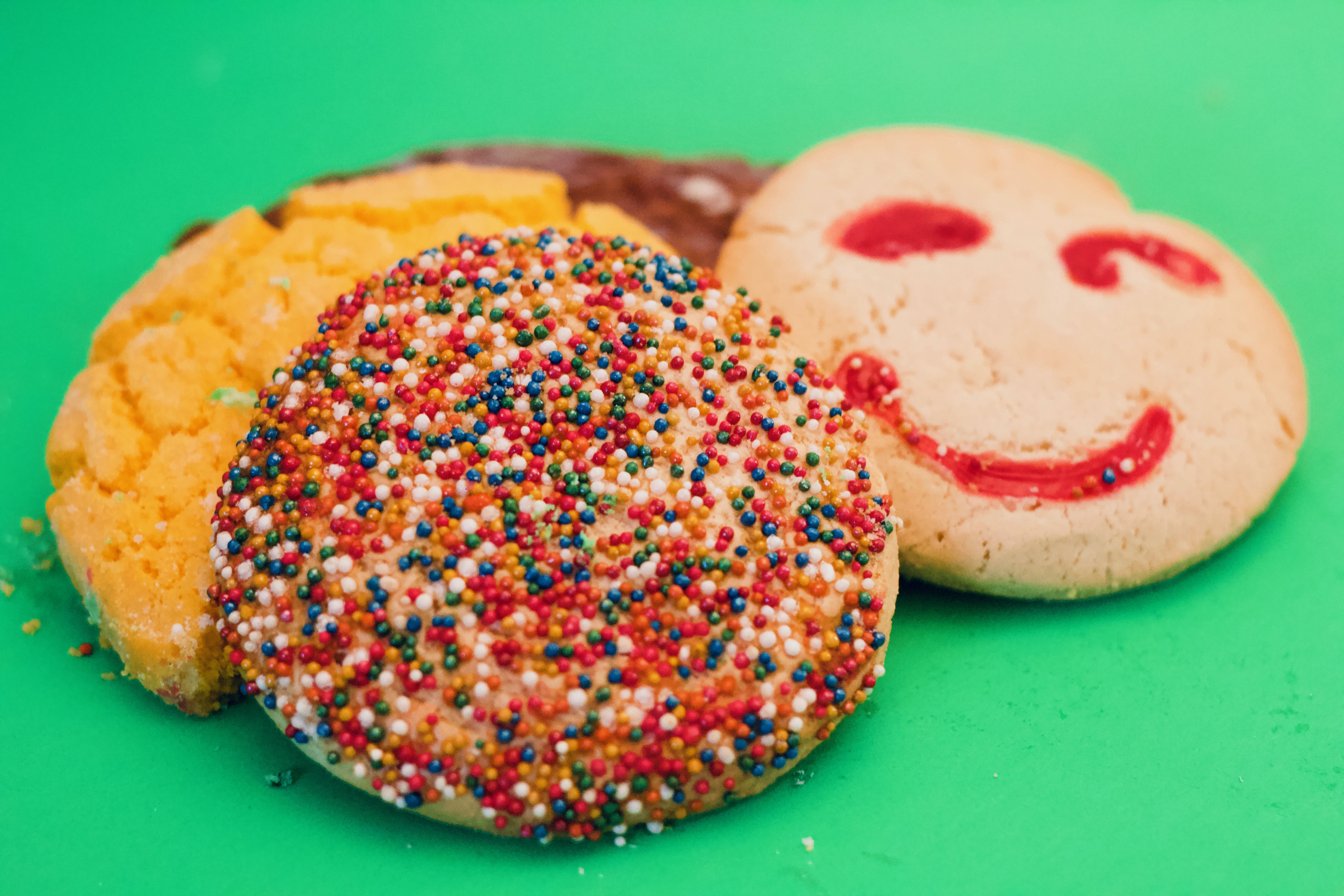
This is a bit of a bonus entry but I can’t in good faith talk about pan dulce without delving a bit into galletas. Galletas are just Mexican cookies — they’re big and colorful and delicious. Don’t let their outlandish designs fool you, it isn’t an indication that these cookies are just for children, it’s an invitation to a world unending bliss. Every. Galleta. Is. Delicious.
You can’t walk into a Panaderia without seeing at least one tray full of Galletas, they’re the second-most popular item, just behind the concha. Whether covered in sprinkles or shaped like a flag, galletas all generally taste the same with the exception of the Marranito. The Marranito is a pig shaped gingerbread cookie that is sweetened with molasses. The molasses gives it a dark and deep flavor, making it a favorite of many a nuanced palate.
Take a second look at that smiley face cookie, it may appear as a cheap trick to entice a younger crowd but after your first bite, you’ll be seeing the smile less as a child-appealing sales trick and more like a sinister warning. Sinful and decadent like a shortbread cookie, but packed with so much butter and sugar and whatever sugar-heavy topping you choose that after one bite you’ll slip into a sugar coma, blackout, and wake up wondering who the hell ate the rest of your cookie.
Spoiler: It was you. Welcome to the world of Pan Dulce.






